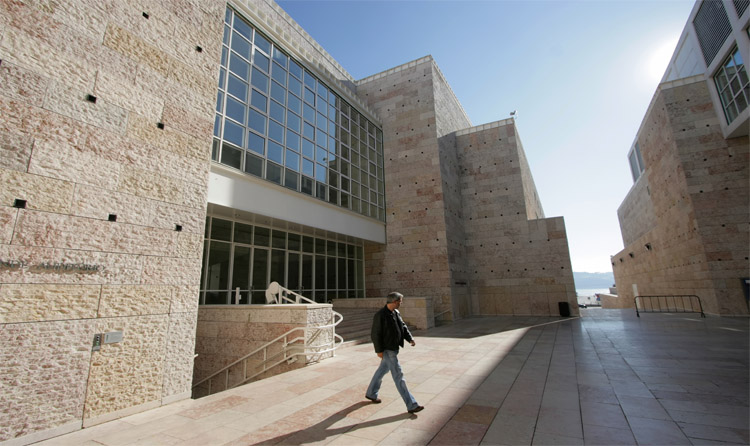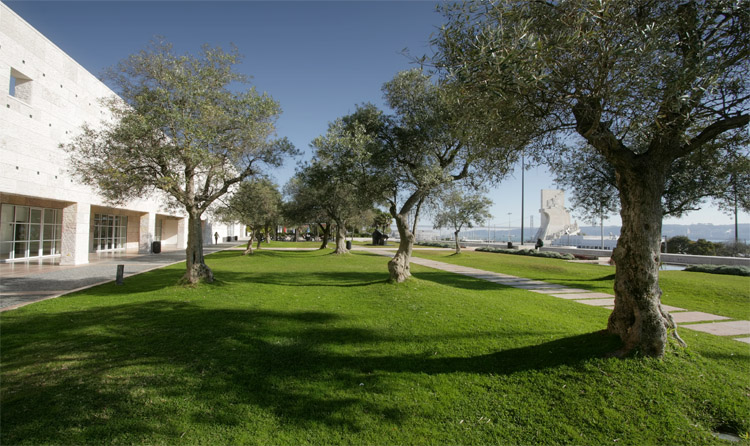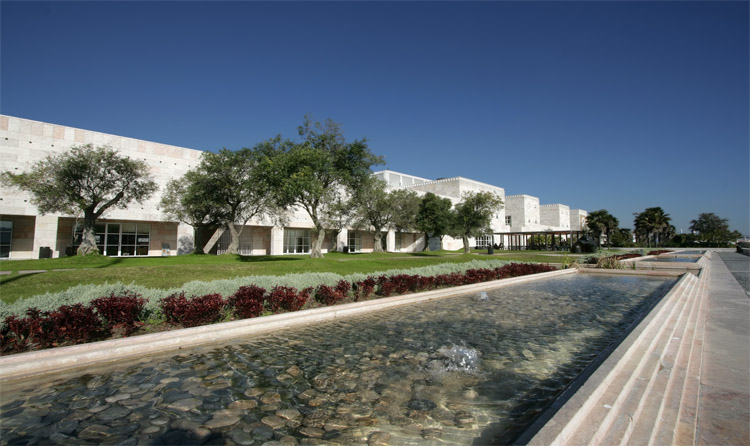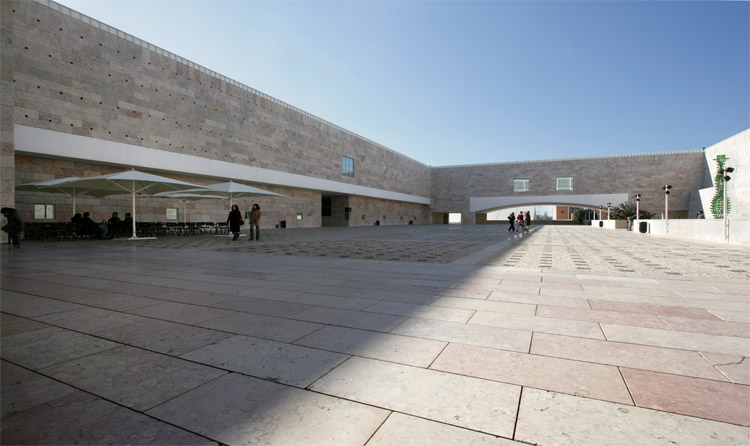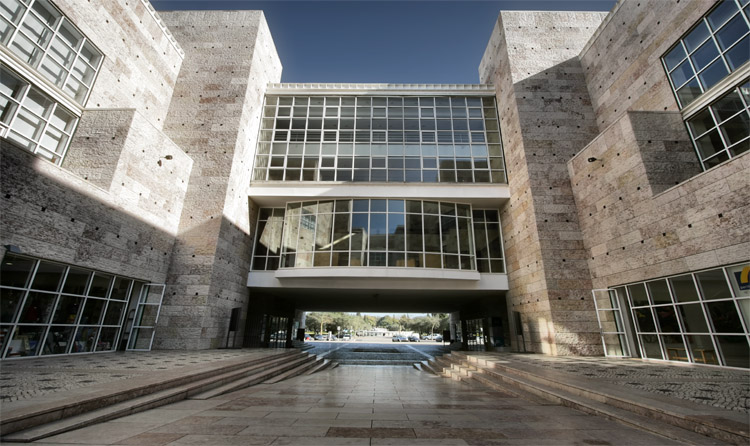The Centro Cultural de Belém was designed to function as an “open city” to celebrate culture, opening its intensive programme of activities to all kinds of cultural events.
The Centro Cultural de Belém, created by the architects Vittorio Gregotti and Manuel Salgado, was designed to function as an “open city”, consisting of buildings, streets, plazas and bridges.
Establishing a dialogue with the River Tagus and the monumental Praça do Império, and flanked by the Mosteiro dos Jerónimos and an area of extensive gardens, the centre is a celebration of culture, opening its intensive programme of activities to all kinds of cultural events.
This cultural centre is regarded as a national and international landmark, having become a micro-city of contemporary monumentality.
But it is also seen as the ideal venue, in Lisbon, for holding congresses, conferences and all types of institutional and corporate events.
In fact, one of the three blocks from which it is formed, the Conference Centre, which forms the façade on the side of the Praça do Império, overlooking the Mosteiro dos Jerónimos and the River Tagus, was designed specifically for this purpose.

